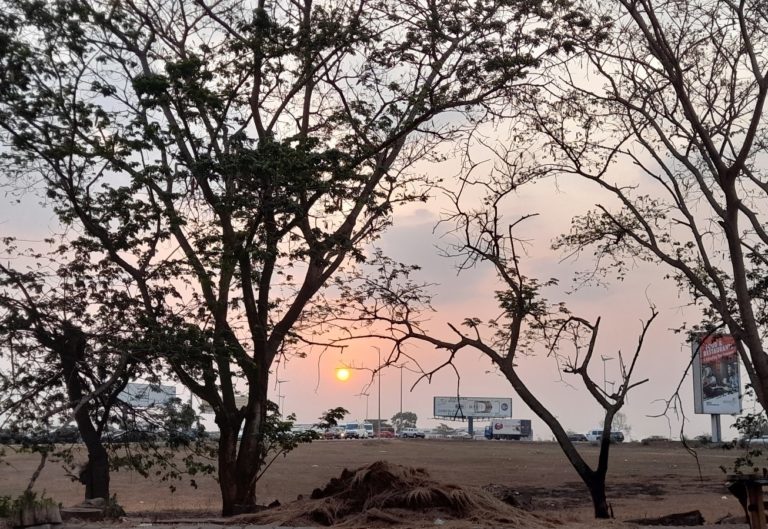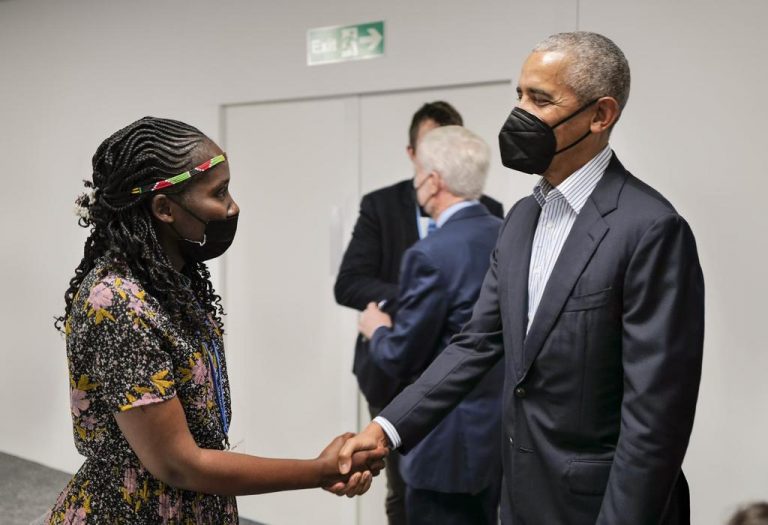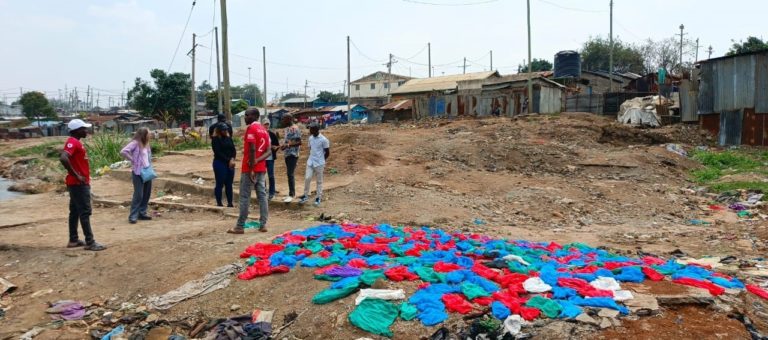Eat it or feed it – promoting insect-rearing in Madagascar
Would you like to try some “pigeon poo” made of insect flour or learn that black soldier fly larvae can get overweight? Then join us on our journey to Madagascar’s insect sector…The ZEF-led ProciNut project organized two insect-rearing trainings, in addition to a regional policy roundtable in the central highlands as well as a national policy dialogue in Antananarivo.
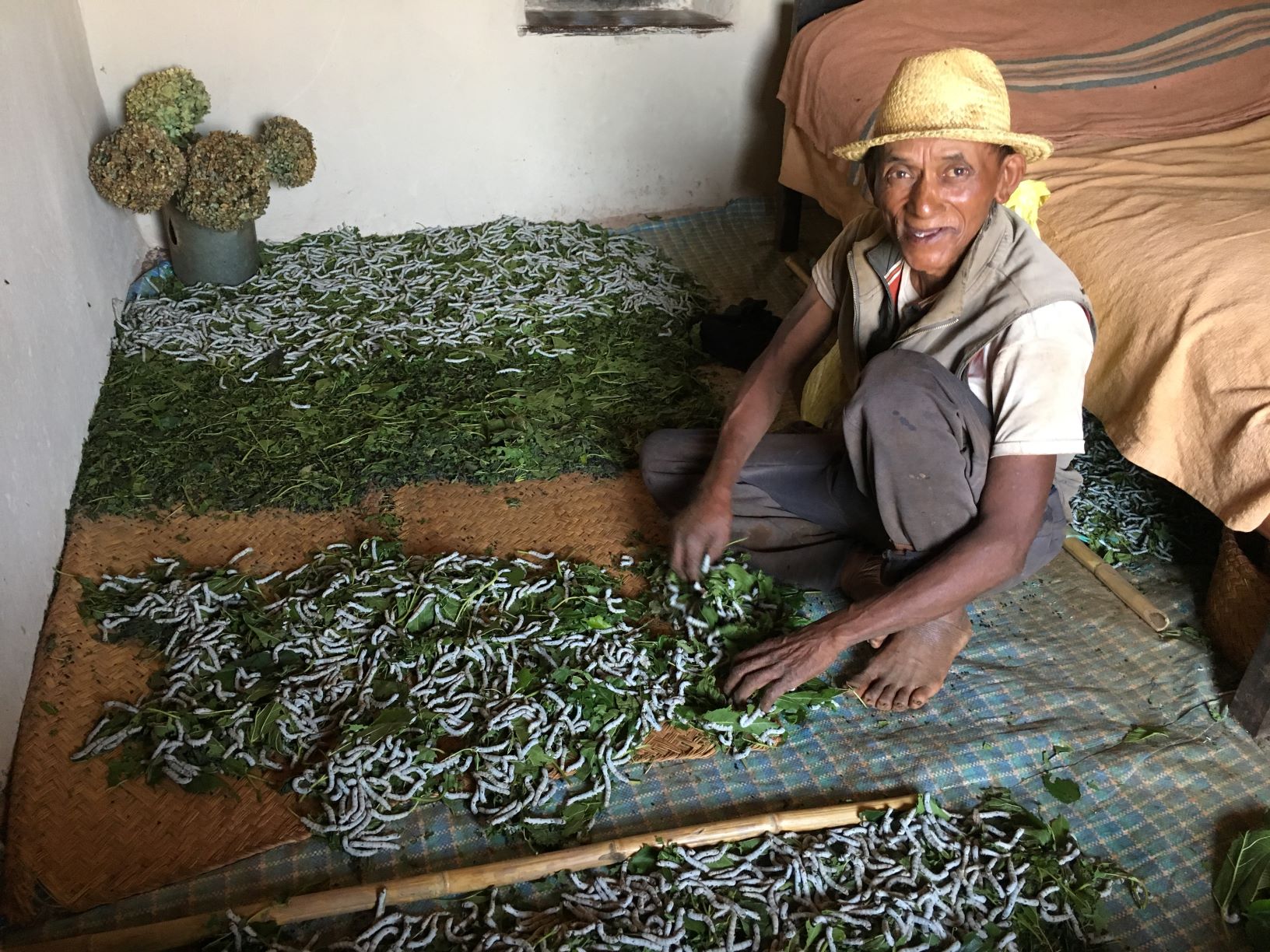
Arrival in Ambositra
ProciNut had invited a well-known trainer from New Generation Nutrition (NGN), see https://ngn.co.nl/ in the Netherlands, Marian Peters. In Madagascar she met interested policy stakeholders and farmers and shared her vast knowledge of insect production and experience in setting-up an insect business in the Netherlands, Nigeria and Kenya. She traveled with us through the beautiful and very dry landscape of Madagscar’s Central Highlands until we reached the relatively quiet town of Ambositra.
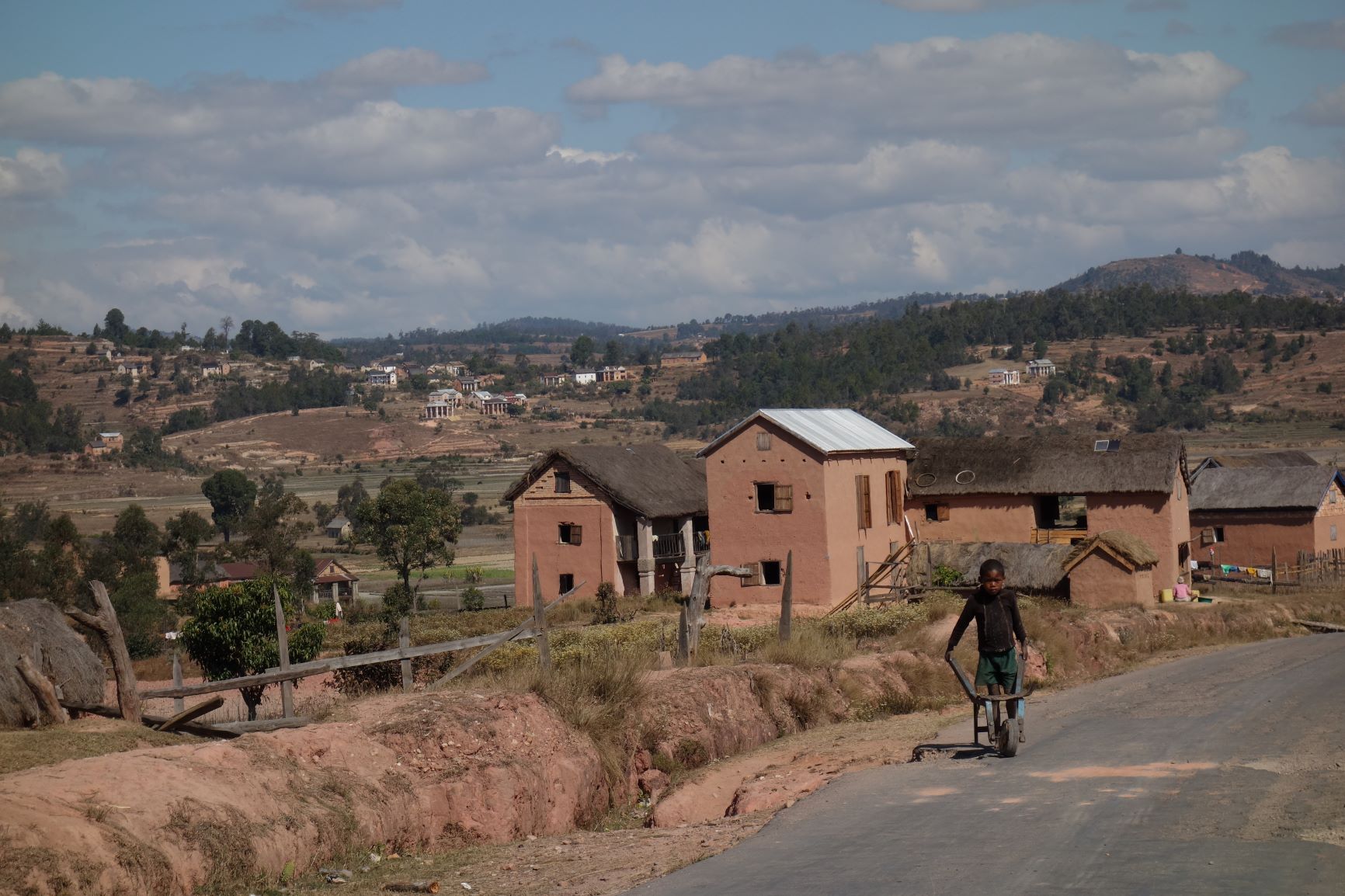
Training in black soldier flies: A success story
At a location which was a one-hour drive from Ambositra we invited farmers from Sandrandahy village to a training on black soldier flies. Marian Peters introduced insect life cycle stages, substrate preparation (mixing kitchen waste and protein sources) for larvae and adults as well as proper housing. Moreover, she entertained the farmers by recommending the use of mosquito nets for babies to breed black soldier flies. She also cited a study that showed how kitchen waste of the fast-food chain Mc Donald’s produced populations of overweight insect larvae.
The farmers and small entrepreneurs were not only inspired by the training’s location, which were the premises of the sericulture association. The training was also very hands-on, people watched the black soldier flies under a magnifier and observed them mating outside in the sun. The participants prepared the substrate themselves by mixing kitchen waste with rice brand and oilseed cake from the local market. They learned that black soldier flies are very nice flies and have a happy short life. Banana peels are the black soldier fly larvae’s favorite food. The most important thing about breeding is to take good care of your ten percent parental population, which is therefore worth spending some extra money on. You should feed them with chicken mesh or dried shrimps to ensure they lay sufficient and good-quality eggs.
Participants were motivated and studious, one farmer and his wife started to plan their insect business right away. The farmer stated that he would like to take care of black soldier flies while his wife would embark on cricket farming. Both showed huge interest in joining our second training on rearing crickets.
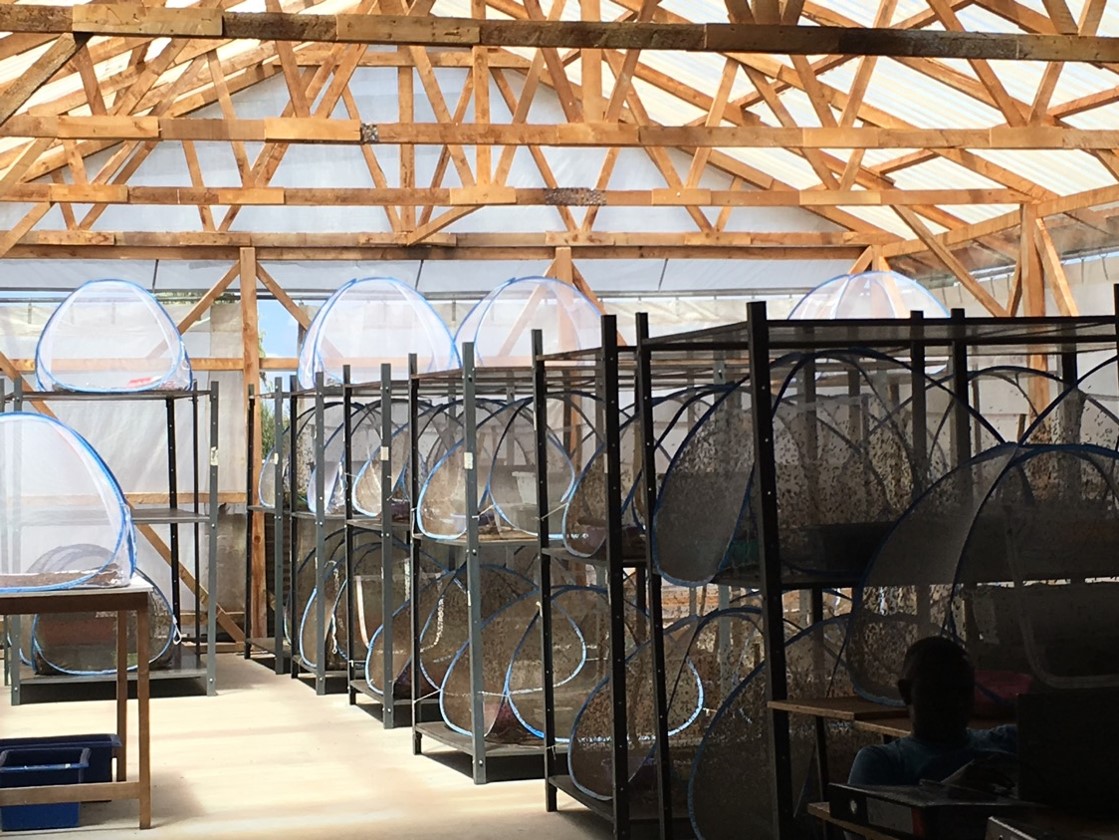
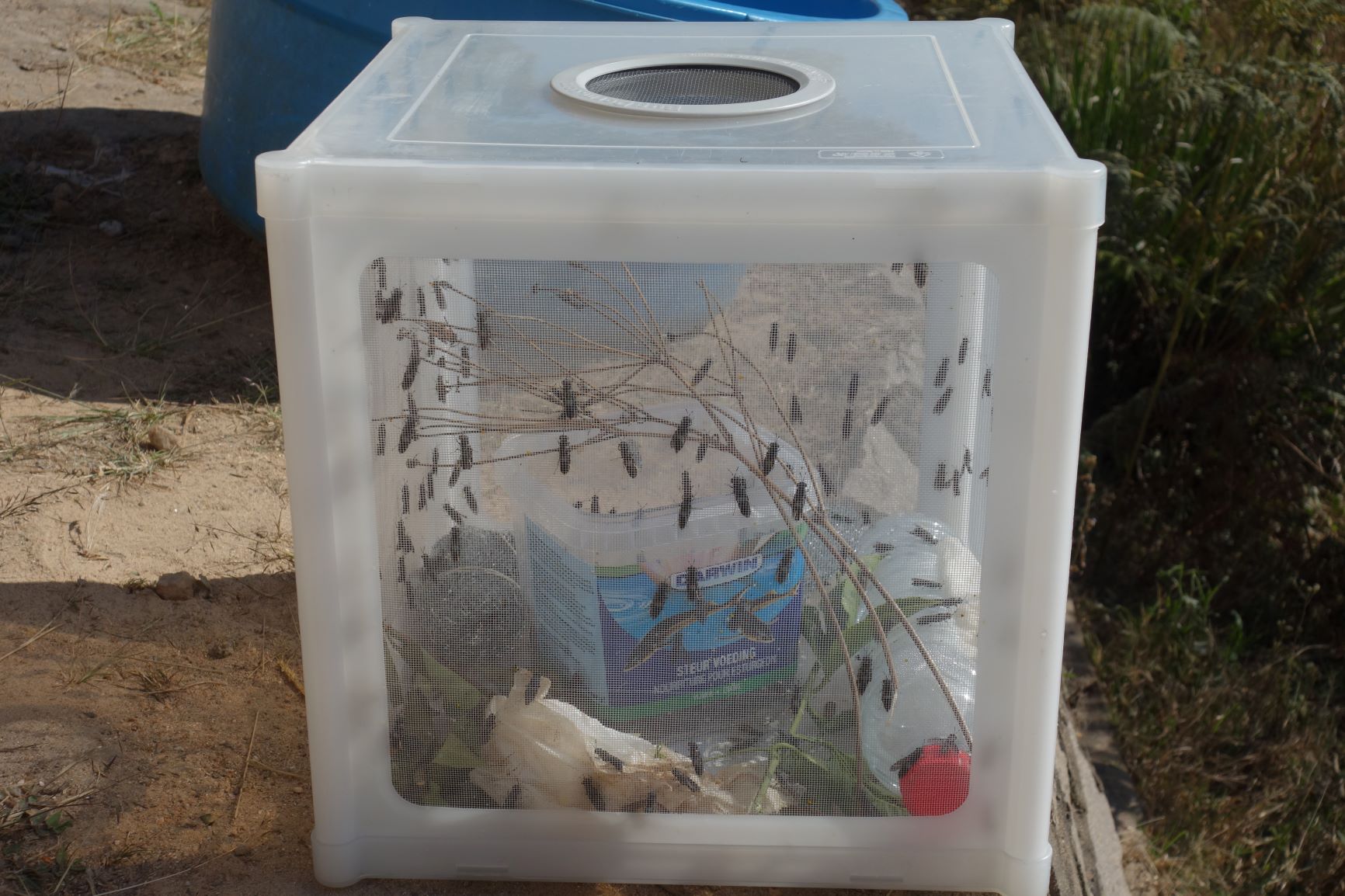
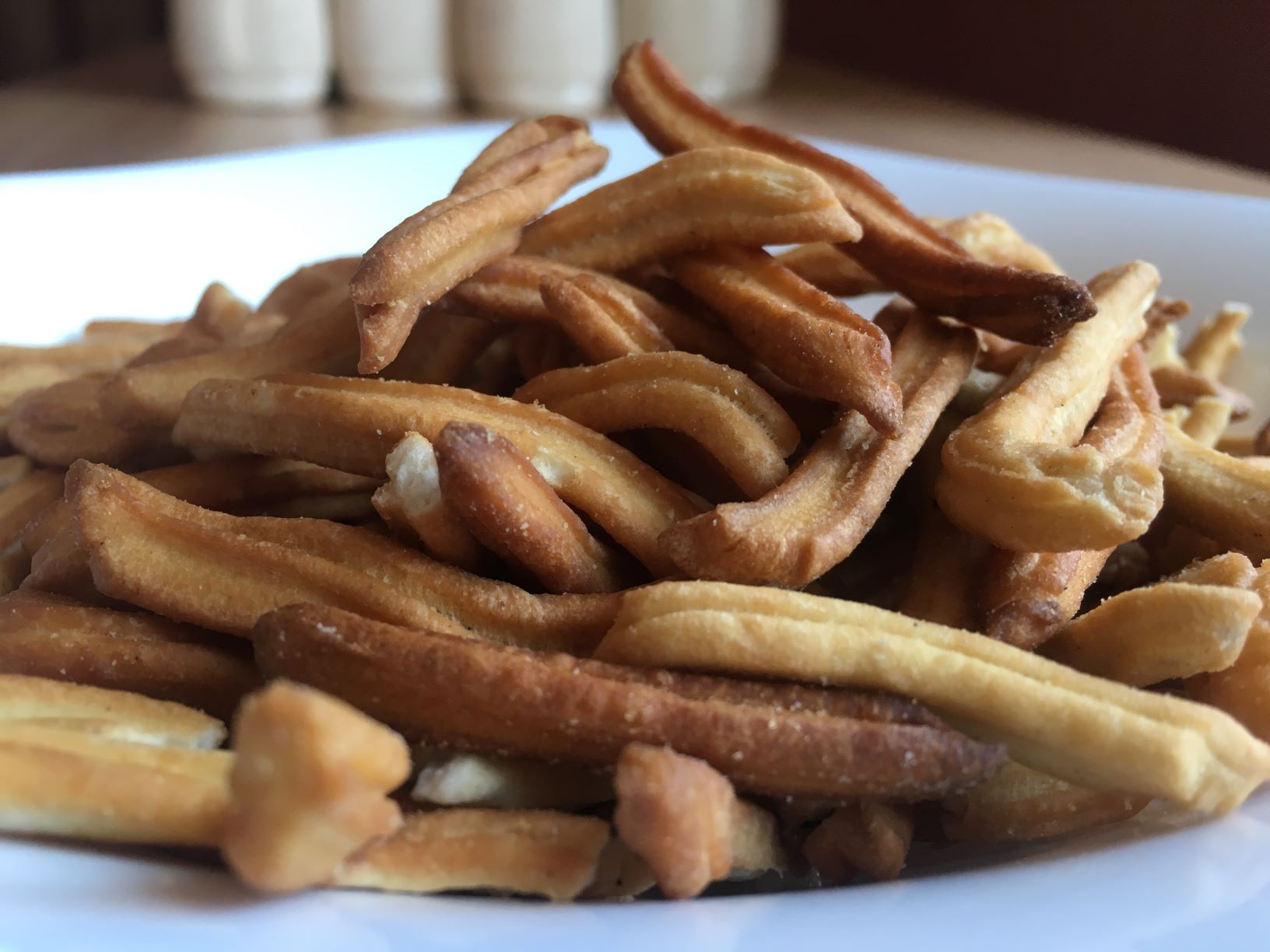
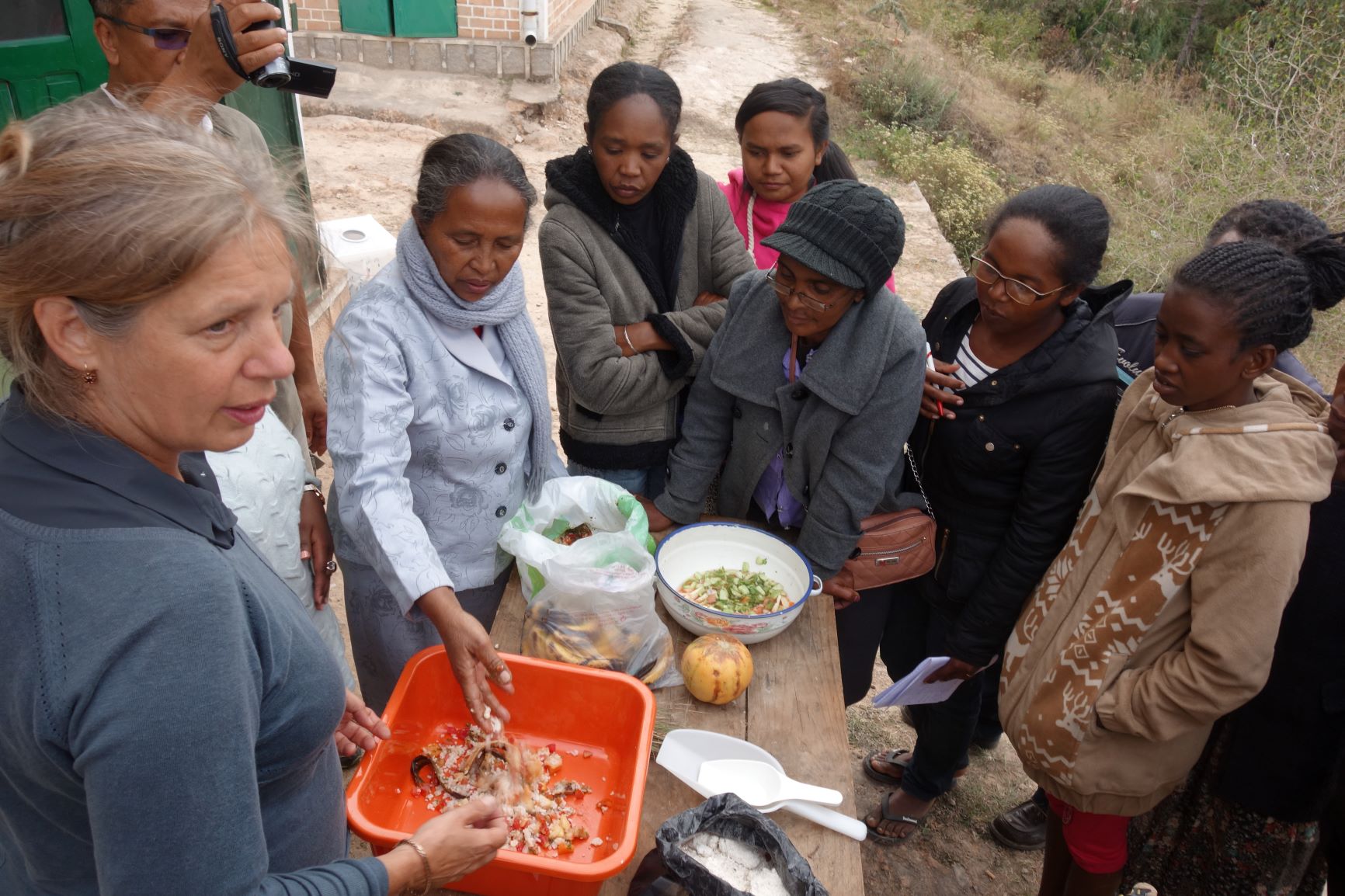
Photos (from upper left to right and down) by: Marian Peters, Sarah Nischalke, Christian Ratompoarison, Sarah Nischalke
Producing crickets: A different story
For the second training on crickets we also invited an expert, Dr. Chrysantus Tanga. He is working at icipe, the international center of insect physiology and ecology, which is the largest research center on insects worldwide and runs several projects on edible insect-rearing. Dr. Tanga also visited the community in Sandrandahy to share his vast experience from Africa in housing and breeding crickets, as well as his knowledge of how to meet crickets’ rather demanding feed and care needs. Farmers learned that crickets are shyer than black soldier flies and like to hide. At the same time they are cannibalistic, so they always need sufficient food plus extra protection during their molting time.
From practice to policy-making
The ProciNut project also joined the political stage. At a roundtable meeting in Ambositra, ProciNut researchers presented the huge potential that insect production offers for nutrition security and livelihoods in the region to an audience consisting of members of the regional office of the National Nutrition Office, as well as to other agricultural and stakeholders in the domain of public health. People were thrilled by tasting the insect products from Thailand and the Netherlands and the whole policy environment proved to be very supportive.
The highlight was a policy event in the capital Antananarivo, where representatives of the agricultural ministry and the National Nutrition Office came to taste insect muffins and cakes from icipe (with crickets and locusts) as well as spicy crickets and cricket powder. Of course, they heard on this occasion about the objectives and mission of ProciNut, and discussed advantages, potentials and challenges of insect production and processing for food and feed for the African continent in general and Madagascar in particular. The agricultural ministry was extremely interested in cooperating and developing joint training materials, especially for the feed sector but also for food.
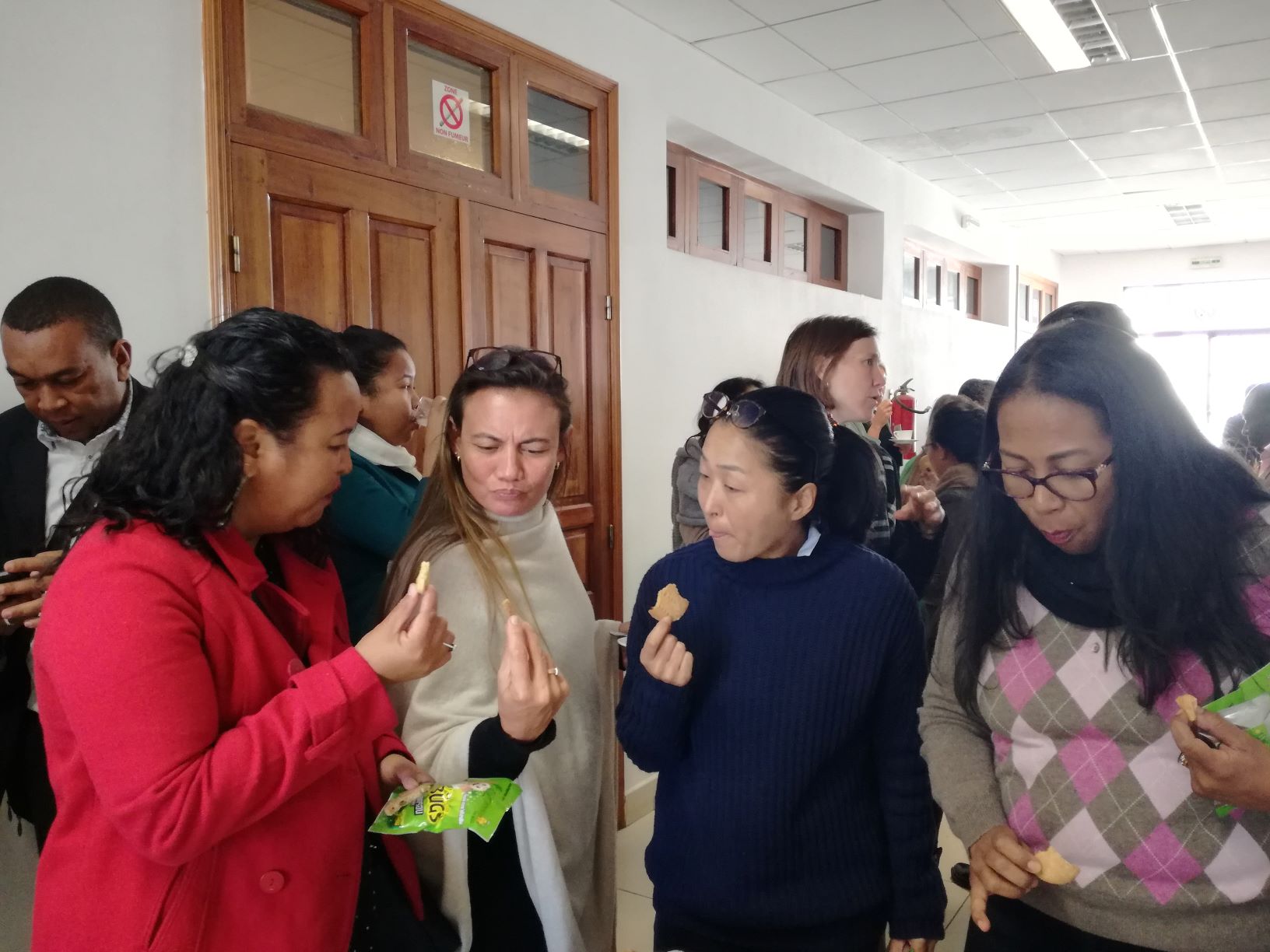
Photo by Isabelle Hirsch
Bringing Madagascar’s insect sector forward
The National Nutrition Office expressed interest in extending their work on insects, as the country’s National Nutrition Plan also mentions insects as an important source of nutrition. A surprising outcome of the event was that the older generation proved to be much keener on eating insect products than younger people. The elderly people said it was because eating insects was linked to nostalgic childhood memories of village life, whereas the young urban population of Tanna was much more reluctant to feast on insects. However, the idea of eating caca pigeon (French for pigeon poo), a traditional salty snack made of wheat flour, which could as well be made of cricket powder, seemed appealing to almost everyone we met on our way in Madagascar.
All events were organized very well by our partners from the National Center for Applied Research on Rural Development (FOFIFA) and the University of Antananarivo, both located in Madagascar, who have taken on the mission of bringing Madagascar’s insect sector forward.

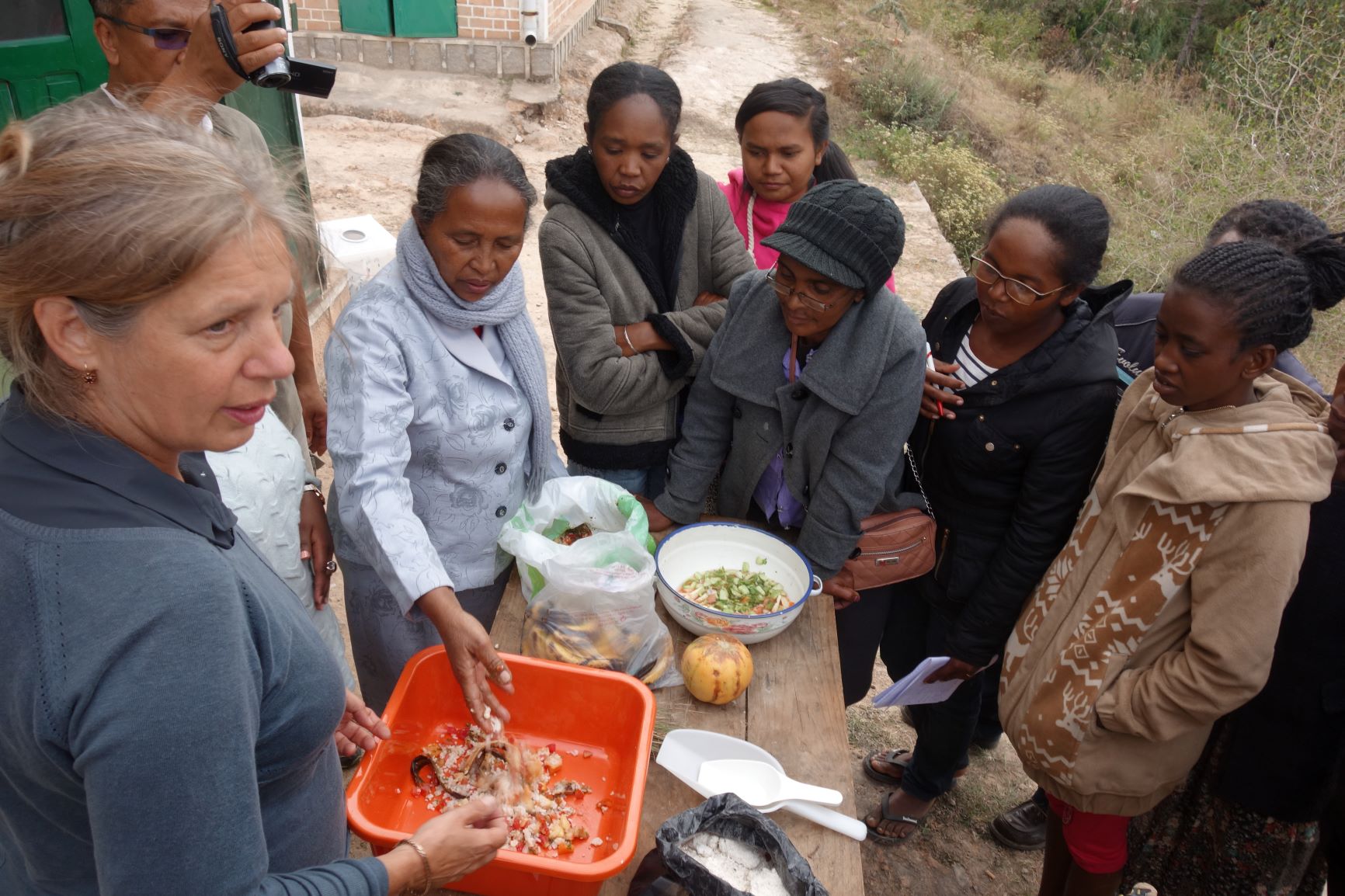
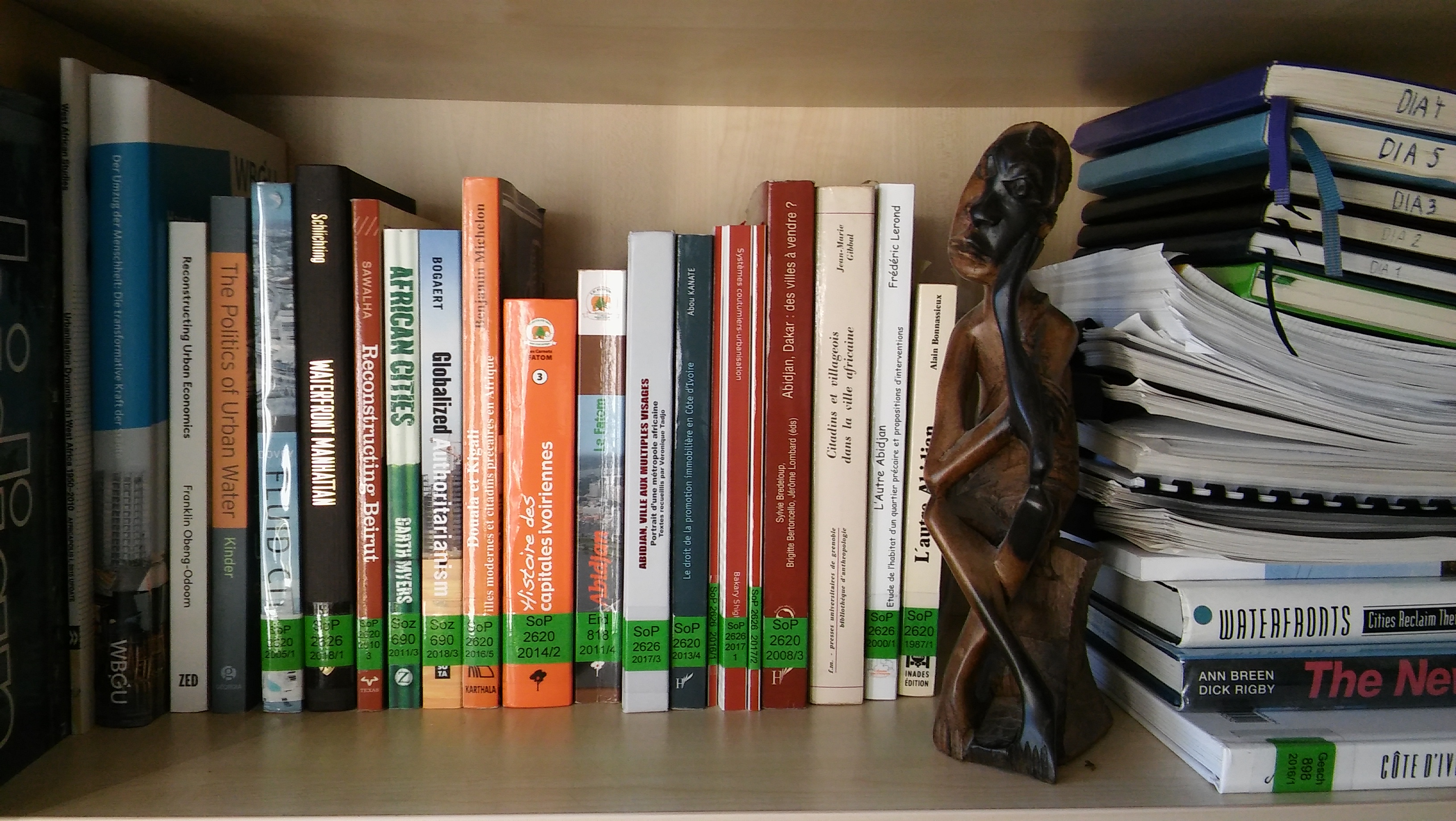
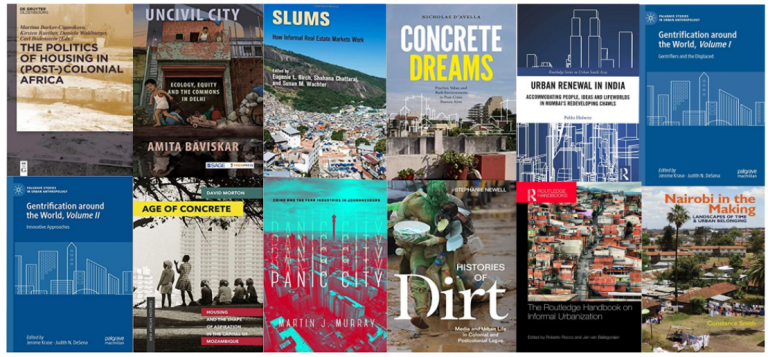

 Since 2010,I have visited Berlin at least once a year, and every time I return I spend a wonderful time that lets Berlin invites me for an even more interesting event. I arrived in Berlin early…
Since 2010,I have visited Berlin at least once a year, and every time I return I spend a wonderful time that lets Berlin invites me for an even more interesting event. I arrived in Berlin early…